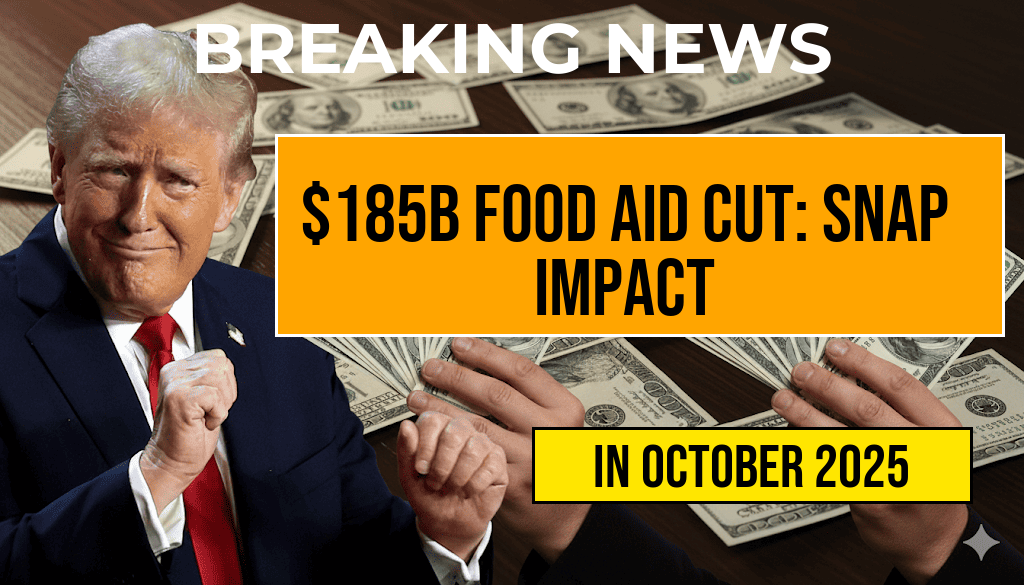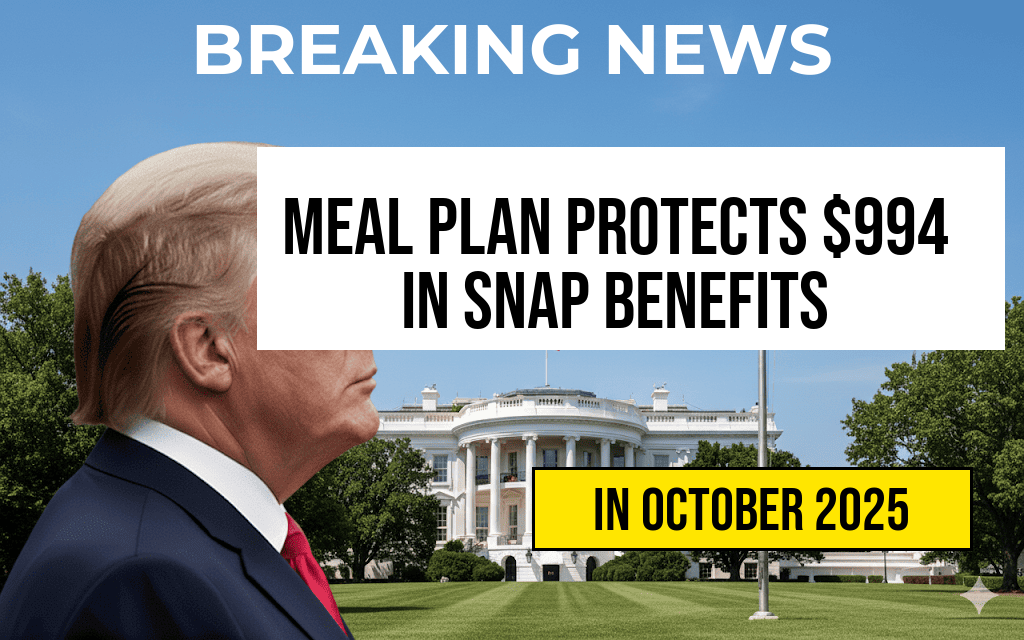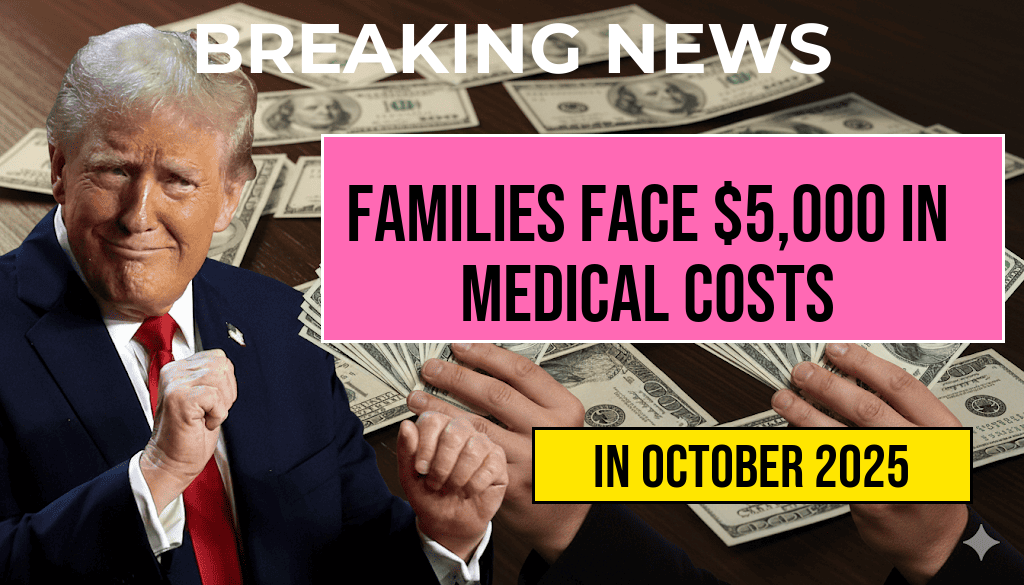The recent announcement of a $185 billion cut to food aid programs has raised significant concerns among households reliant on the Supplemental Nutrition Assistance Program (SNAP). As many as 42 million Americans, including families with children, the elderly, and low-income individuals, rely on SNAP benefits to help meet their nutritional needs. For a household of two, the average monthly SNAP benefit amounts to approximately $546. This substantial reduction in funding could lead to reduced benefits for many eligible families, exacerbating food insecurity in communities already facing economic challenges.
Understanding the SNAP Program
The Supplemental Nutrition Assistance Program (SNAP) is designed to alleviate hunger and improve nutrition among low-income families. Funded through federal resources, SNAP assists eligible households in purchasing food items, thereby promoting better health outcomes. The program is particularly vital in times of economic downturn when food prices rise and job security wavers.
Who Will Be Affected?
- Low-income families with children
- The elderly living on fixed incomes
- Individuals with disabilities
- Many working-class families facing financial hardship
According to the U.S. Department of Agriculture, SNAP benefits vary based on household size and income. With the proposed cuts, families that currently receive the average benefit of $546 per month may see reductions, making it challenging to afford basic necessities.
The Economic Impact of the Cuts
The $185 billion reduction in food aid is expected to ripple through both local economies and individual households. Economists warn that such cuts could lead to a rise in food insecurity, particularly in regions already struggling with poverty. This reduction could also impact local grocery stores and markets that depend on SNAP transactions for a significant portion of their sales.
| Household Size | Current Average Monthly Benefits | Estimated Reduction | New Average Monthly Benefits |
|---|---|---|---|
| 1 | $250 | $50 | $200 |
| 2 | $546 | $100 | $446 |
| 3 | $700 | $150 | $550 |
Increased Demand for Food Pantries
As SNAP benefits decrease, food pantries and community organizations are likely to experience increased demand for their services. Many of these organizations already struggle to meet the needs of their communities, and the anticipated rise in individuals seeking assistance could overwhelm their resources. According to the Feeding America, food insecurity affects 1 in 9 Americans, a number that may climb as SNAP cuts take effect.
Community Responses and Advocacy
In response to these cuts, various advocacy groups and community organizations are mobilizing to raise awareness about the potential consequences of reduced food aid. Efforts to contact local representatives and demand the restoration of funding are underway, emphasizing the importance of nutrition assistance in maintaining public health.
Possible Alternatives and Solutions
- Increased Funding for Local Food Banks: Support for local food pantries can help bridge the gap created by SNAP cuts.
- Community Food Programs: Initiatives such as community gardens and food co-ops can provide additional resources.
- Policy Advocacy: Engaging with legislators to advocate for the restoration of SNAP funding and increased support for low-income families.
As the situation develops, it is crucial for affected individuals and families to stay informed about their eligibility for SNAP and other assistance programs. Understanding the resources available can make a significant difference in navigating the challenges posed by these cuts.
Conclusion
The proposed $185 billion cut to food aid programs poses a significant threat to the well-being of millions of Americans dependent on SNAP benefits. As families brace for potential reductions in their monthly benefits, community support and advocacy will be essential in mitigating the impact of these cuts. With food insecurity on the rise, it remains vital for policymakers to prioritize nutrition assistance and ensure that all Americans have access to the food they need.
Frequently Asked Questions
What is the $185 billion cut to food aid?
The $185 billion cut to food aid refers to significant reductions in funding allocated for programs designed to assist low-income families and individuals, including the Supplemental Nutrition Assistance Program (SNAP).
How will this affect my $546 SNAP benefits for two people?
The cuts may lead to a reduction in SNAP benefits, potentially impacting the $546 you currently receive for two people. This could mean less financial assistance for purchasing food each month.
Who will be most affected by these cuts?
The most affected individuals will likely be low-income families, seniors, and disabled persons who rely heavily on SNAP benefits for their daily nutrition and sustenance.
Are there any alternative programs available for those impacted?
While SNAP is a primary source of food assistance, there are alternative programs such as local food banks, community kitchens, and other nonprofit organizations that may provide additional support to those in need.
What can I do to advocate against these cuts?
You can advocate against the cuts by contacting your local representatives, joining community organizations, and participating in campaigns aimed at preserving food aid programs like SNAP, ensuring that the voices of those impacted are heard.






